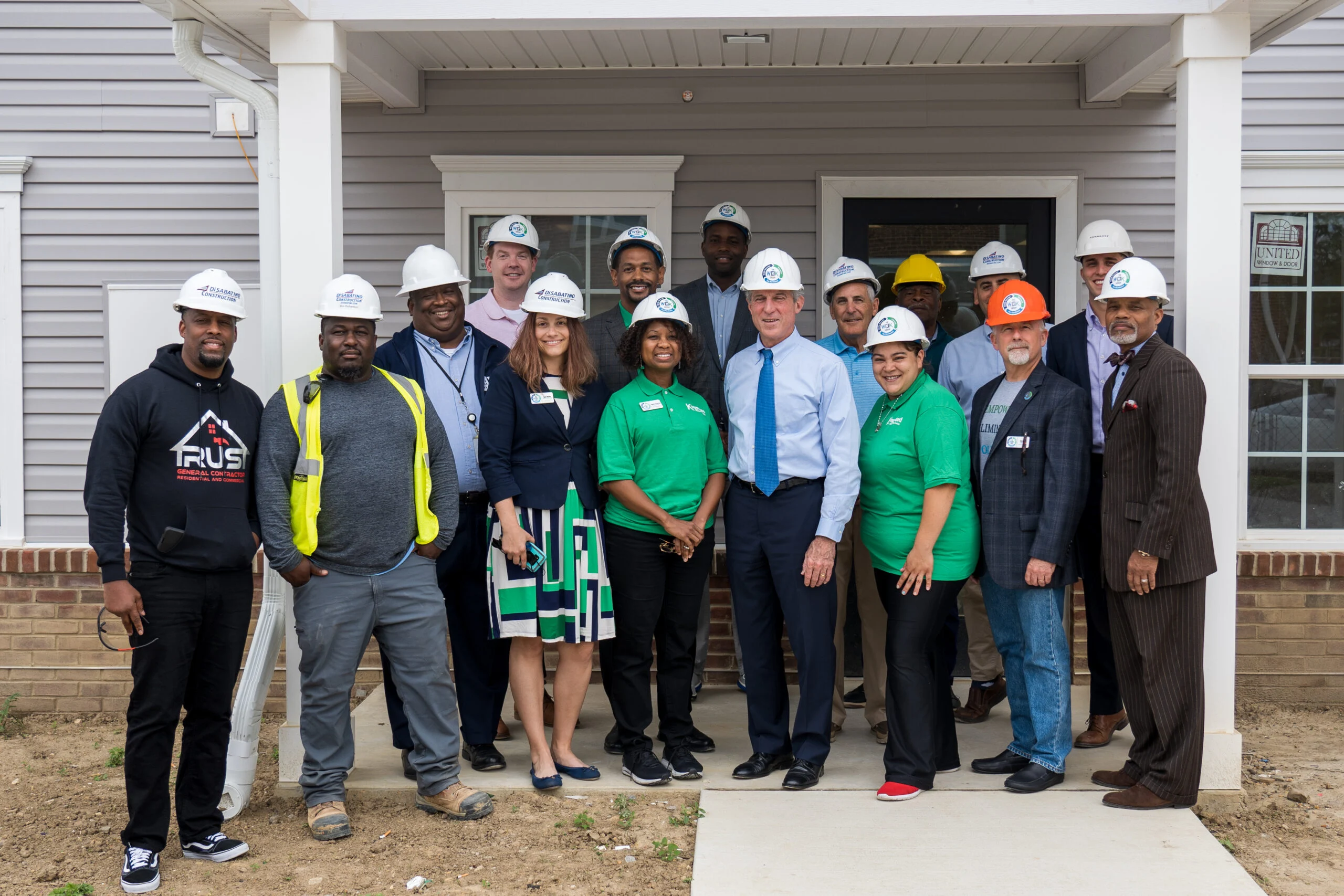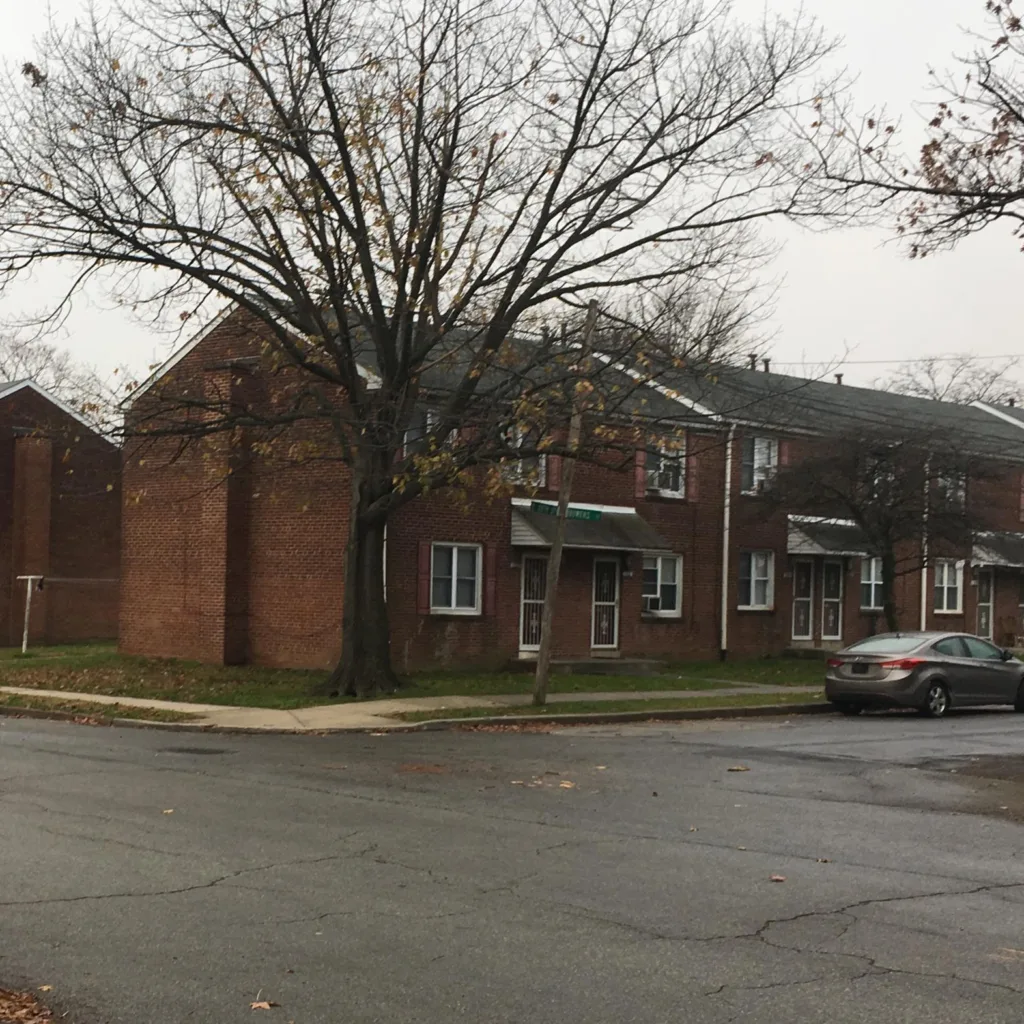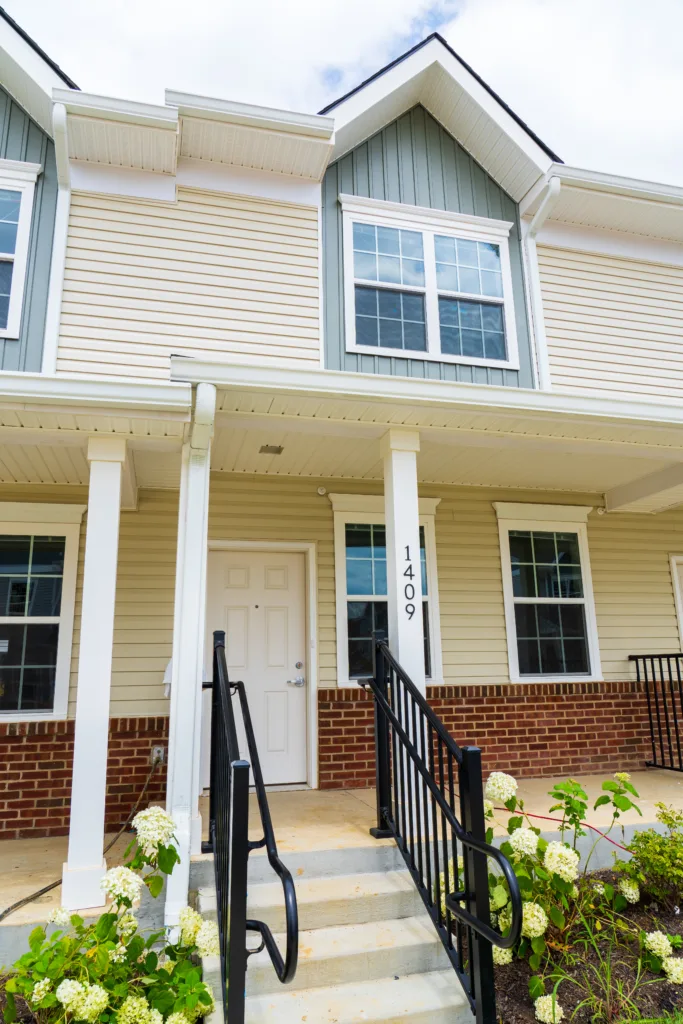THE RIVERSIDE COMMUNITY

LOCATED IN WILMINGTON, DELAWARE
the Riverside neighborhood is a real example of the impact of systemic racism and poverty in a local community.
The story of the Riverside neighborhood, located in Wilmington, Delaware, is a testament to the far-reaching and long-standing impact of systemic racism and concentrated poverty in a local community. The Riverside neighborhood was originally built to create an affordable neighborhood for White veterans returning from World War II. The GI bill, which gave many returning veterans the opportunity to obtain a mortgage, home, and in time, the development of generational wealth, didn’t necessarily extend to returning Black veterans.
Though the bill helped white Americans prosper and accumulate wealth in the postwar years, it didn’t deliver on that promise for veterans of color. In fact, the wide disparity in the bill’s implementation ended up helping drive growing gaps in wealth, education, and civil rights between white and Black Americans.
As a result, White veterans, their families, and their newly attained mortgages, were able to leave the Riverside neighborhood as they pursued the “American Dream” and a life in the suburbs. Today, this mass exodus is known as, “White Flight” and the ripple effects remain present even today.
As subsidized housing became available, low-to-no-income Black Americans began to move into Riverside. Without access to social support and the benefit of home ownership, a major contributor to generational wealth and stability, it became harder and harder for Riverside residents to flourish and grow.
Decades later, the effects of the flawed GI Bill and other contributing factors to systemic racism, such as mass incarceration, are widely felt by today’s residents. In fact, today’s Riverside residents often find themselves in vulnerable situations because of the lack of resources and opportunities as highlighted in the following statistics.
RIVERSIDE FACTS
- 36% of children in Riverside live above the poverty line compared to 75% of children in Delaware
- 68% employment rate in public housing
- 65% of Riverside adults have a high school diploma
- Median Household income is $9,277 in subsidized housing ($25,326 in non-subsidized housing)
- Single women lead 87% of Riverside households
THE RIVERSIDE COMMUNITY

LOCATED IN WILMINGTON, DELAWARE
the Riverside neighborhood is a real example of the impact of systemic racism and poverty in a local community.
The story of the Riverside neighborhood, located in Wilmington, Delaware, is a testament to the far-reaching and long-standing impact of systemic racism and concentrated poverty in a local community. The Riverside neighborhood was originally built to create an affordable neighborhood for White veterans returning from World War II. The GI bill, which gave many returning veterans the opportunity to obtain a mortgage, home, and in time, the development of generational wealth, didn’t necessarily extend to returning Black veterans.
Though the bill helped white Americans prosper and accumulate wealth in the postwar years, it didn’t deliver on that promise for veterans of color. In fact, the wide disparity in the bill’s implementation ended up helping drive growing gaps in wealth, education, and civil rights between white and Black Americans.

The original Riverside housing development

A new Imani Village housing unit
As a result, White veterans, their families, and their newly attained mortgages, were able to leave the Riverside neighborhood as they pursued the “American Dream” and a life in the suburbs. Today, this mass exodus is known as, “White Flight” and the ripple effects remain present even today.
As subsidized housing became available, low-to-no-income Black Americans began to move into Riverside. Without access to social support and the benefit of home ownership, a major contributor to generational wealth and stability, it became harder and harder for Riverside residents to flourish and grow.
Decades later, the effects of the flawed GI Bill and other contributing factors to systemic racism, such as mass incarceration, are widely felt by today’s residents. In fact, today’s Riverside residents often find themselves in vulnerable situations because of the lack of resources and opportunities as highlighted in the following statistics.
RIVERSIDE FACTS
- 36% of children in Riverside live above the poverty line compared to 75% of children in Delaware
- 68% employment rate in public housing
- 65% of Riverside adults have a high school diploma
- Median Household income is $9,277 in subsidized housing ($25,326 in non-subsidized housing)
- Single women lead 87% of Riverside households





